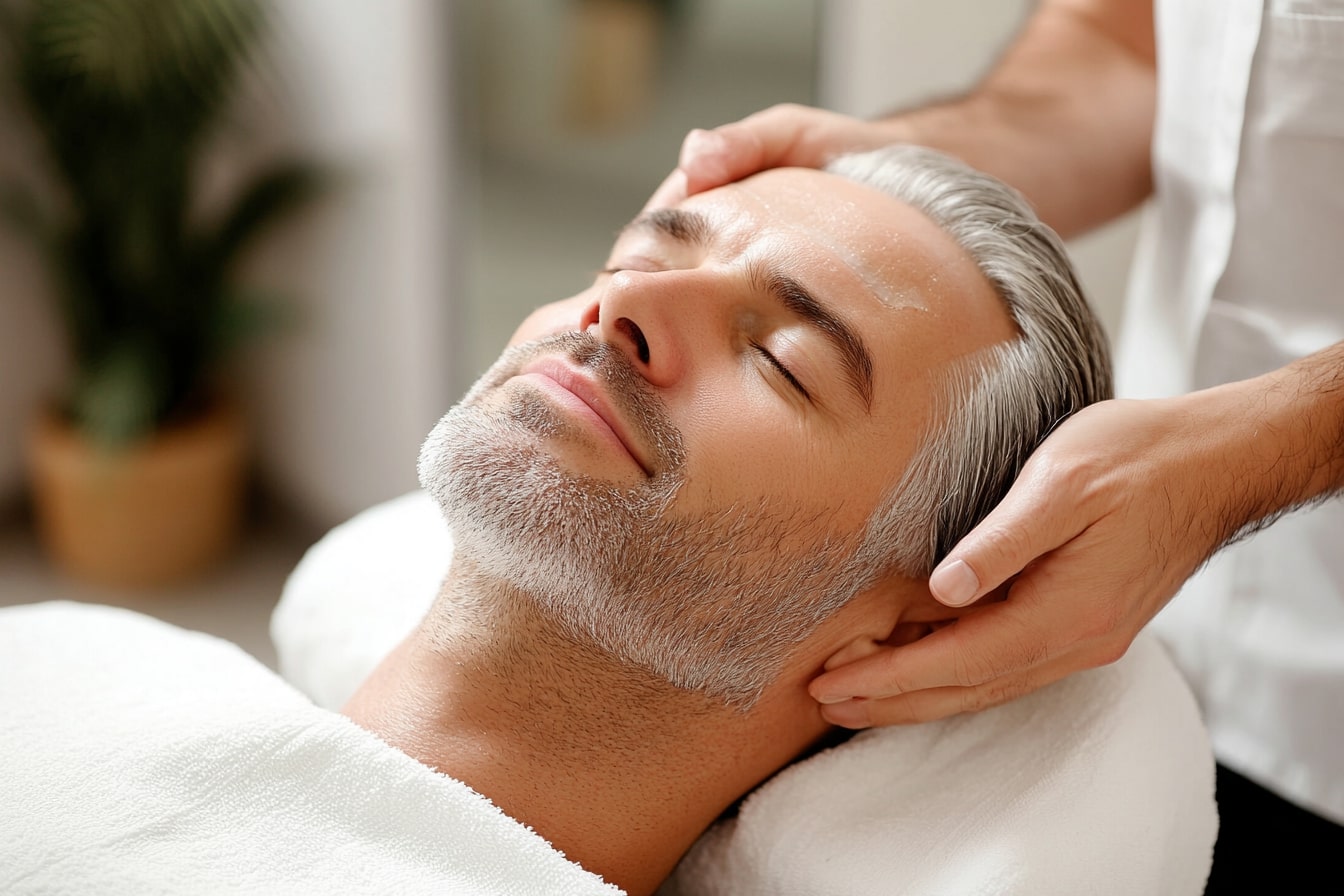Sensory Deprivation: A Deep Dive into Relaxation
Imagine floating weightlessly in a serene, soundless void, where the stresses of daily life dissolve away. This scenario isn't a fantasy but a reality made possible by sensory deprivation tanks. These tanks, also known as floatation tanks, are gaining popularity as a unique tool for relaxation and mental clarity. But what exactly is sensory deprivation, and why is it capturing the attention of health enthusiasts?

Historical Context and Development
Sensory deprivation tanks were first conceptualized in the 1950s by neuroscientist John C. Lilly. He sought to explore the boundaries of human consciousness by eliminating external stimuli. The initial designs were rudimentary, but they laid the foundation for today’s sophisticated tanks. Over the decades, the practice evolved, with improvements in technology making the experience more comfortable and accessible. By the late 20th century, floatation tanks had found a niche in alternative wellness circles, and today, they are celebrated for their potential mental and physical health benefits.
The Science Behind Sensory Deprivation
At the heart of sensory deprivation tanks is the concept of reducing external stimuli to a minimum. The tanks are filled with water saturated with Epsom salts, allowing users to float effortlessly. The water is kept at skin temperature, which, combined with the absence of light and sound, creates an environment where sensory input is almost entirely eliminated. This state of sensory reduction can lead to a variety of physiological responses, including lower cortisol levels, reduced blood pressure, and even enhanced creativity. Research indicates that regular use of float tanks may improve mental health markers such as anxiety and depression, although more extensive studies are needed to confirm these effects.
Benefits and Challenges of Floatation Therapy
Floatation therapy offers a range of benefits, from deep relaxation and stress relief to enhanced focus and creativity. Users often report a profound sense of peace and heightened awareness after a session. Athletes, in particular, have turned to floatation therapy for its potential to speed up recovery and improve performance. However, it’s not without its challenges. Some individuals may find the experience claustrophobic or disorienting, especially during their first session. It’s essential for new users to enter the tank with an open mind and to allow themselves time to adjust to the unique environment.
Current Trends and Expert Insights
In recent years, sensory deprivation has moved from the fringes of wellness into the mainstream. Spas and wellness centers worldwide now offer floatation therapy, often integrating it into broader relaxation and recovery programs. Experts in the field emphasize the importance of consistency, suggesting regular sessions to maximize the benefits. The trend has also sparked interest in the scientific community, with ongoing research exploring its potential applications in treating conditions such as PTSD and chronic pain.
Practical Advice for First-Time Floaters
If you’re considering trying sensory deprivation for the first time, there are a few things to keep in mind. Start with a shorter session to acclimate to the experience. Wear comfortable clothing, and avoid caffeine or other stimulants beforehand to enhance relaxation. It’s also helpful to approach the session with a specific intention, whether it’s stress relief, mental clarity, or simply curiosity.
-
Sensory deprivation tanks were invented in the 1950s by John C. Lilly.
-
Regular use may lower cortisol levels, aiding in stress reduction.
-
Floatation therapy is gaining popularity for its mental health benefits.
-
Athletes use tanks for recovery and performance enhancement.
-
Start with short sessions if you’re new to floatation therapy.
In conclusion, sensory deprivation tanks offer a fascinating method for achieving relaxation and mental clarity. While challenges exist, the potential benefits are compelling enough to warrant consideration. As research continues to explore its effects, sensory deprivation could become an even more integral part of holistic wellness practices. For those seeking a novel and profound way to unwind, sensory deprivation may just be the answer.




